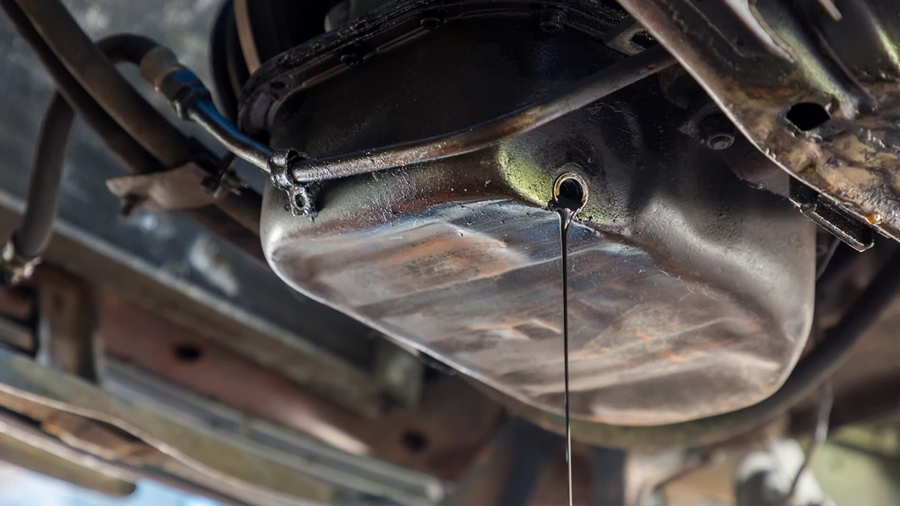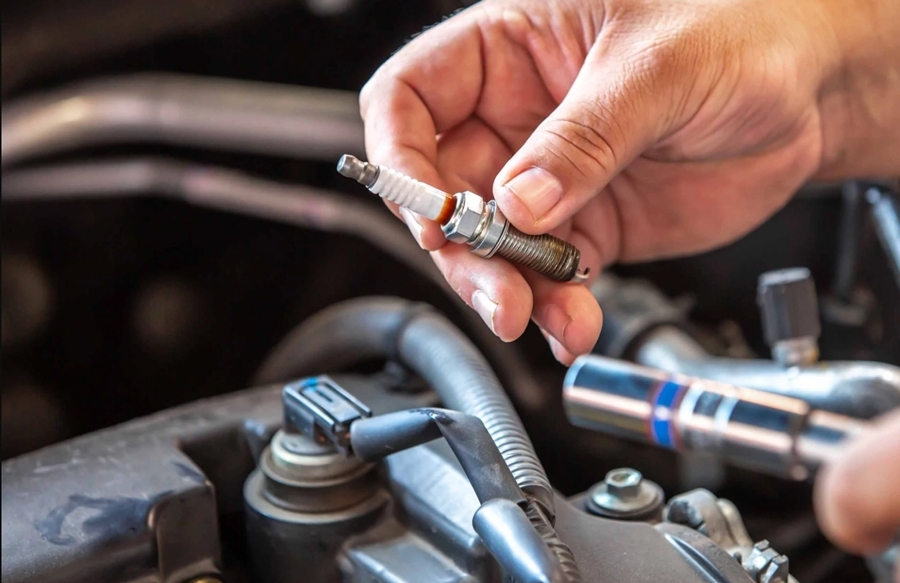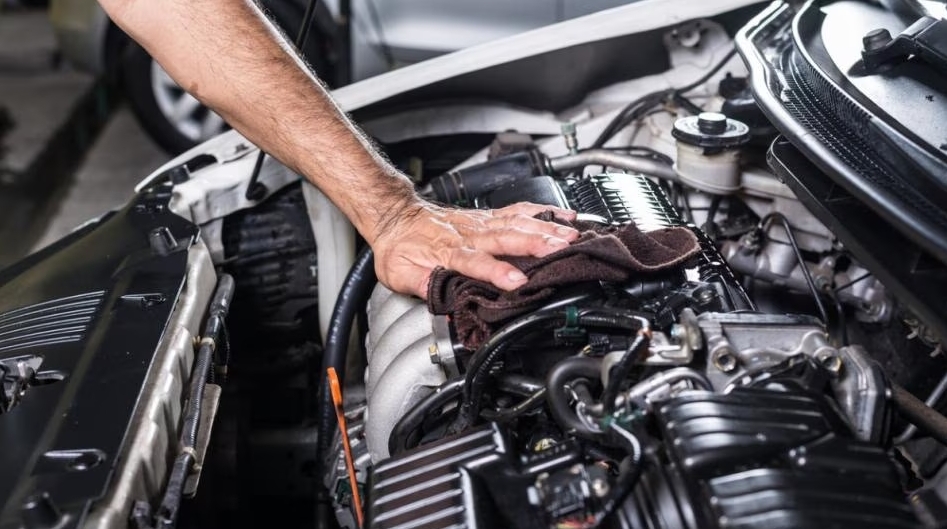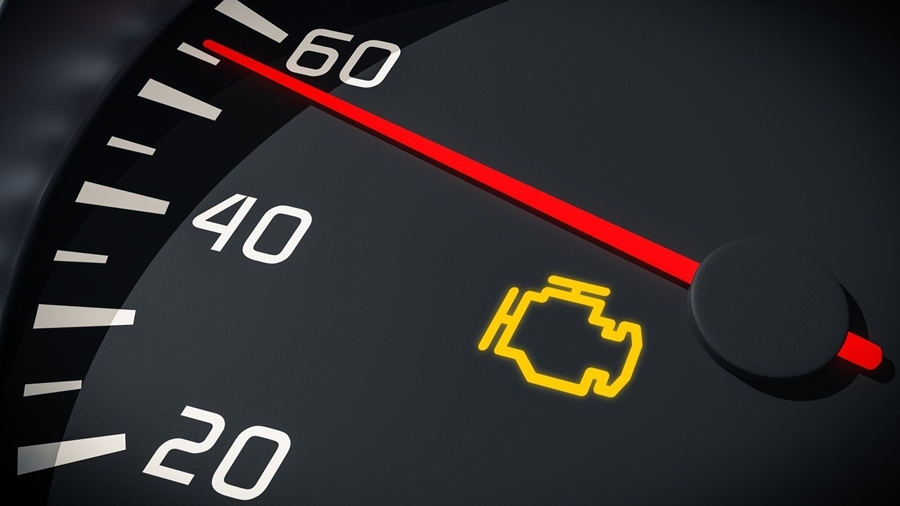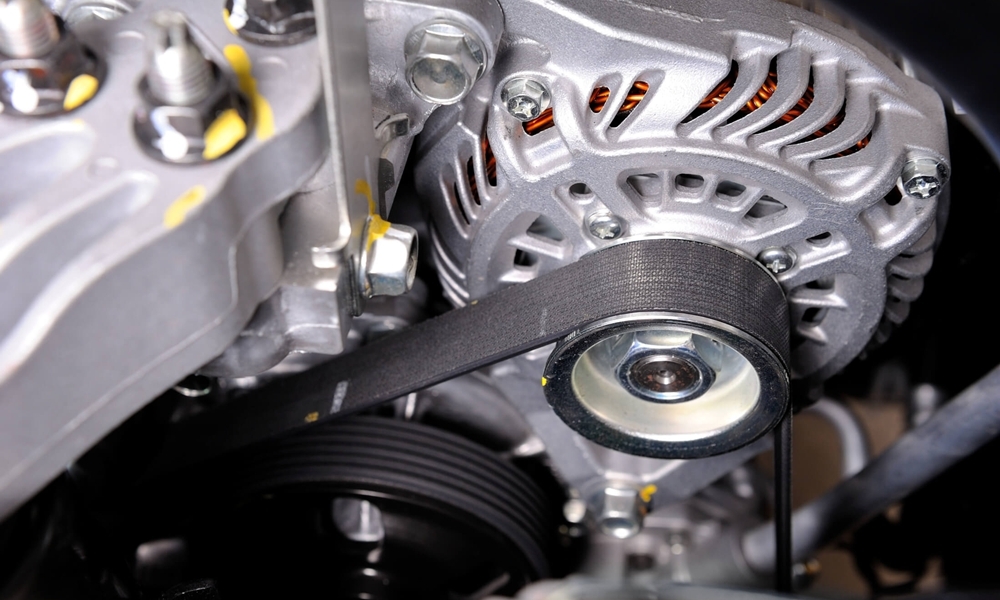Getting your oil pan replaced is a common repair that can keep your engine running smoothly. But how long does an oil pan change take? Knowing the timeline helps you plan better and avoid surprises at the shop. Whether you’re thinking about doing it yourself or hiring a repair shop or mobile mechanic, understanding the process and how long it takes can save you frustration, time and money.
Table of Contents
What is an Oil Pan and Why is it Important?
The oil pan sits at the bottom of your engine, holding the oil that keeps all the parts working smoothly. Think of it as a sump where oil gathers before being pumped through the engine.
Over time, the oil pan can get rusty or damaged from impacts, corrosion, or leaks. If not fixed, a bad oil pan can lead to oil leaks, engine overheating, or even severe engine damage. That’s why staying on top of oil pan issues is key for your vehicle’s health.
How Long Does an Oil Pan Change Take? A Guide to Expectations and Process
Factors Influencing the Duration of an Oil Pan Replacement
Replacing an oil pan isn’t the same for every car. Several things can change how long it takes. From your vehicle’s make and model to the condition of the parts, everything matters.
Vehicle Type and Design
Different cars have different designs, making some replacements quicker. Front-wheel-drive cars often have easier access to the oil pan, while rear-wheel-drive models might make you work harder. Some vehicles’ oil pans are tucked away in hard-to-reach spots, which can add time.
For example, a simple Honda Civic might need around 1 to 2 hours for the swap, but a bigger truck or luxury vehicle could take longer, even up to 30 hours!!! It takes this long because depending on the design of the car, the mechanics may need to lower the engine to replace the oil pan, which takes a long time and require extra parts.
Labor and Skill Level of Technician
A seasoned mechanic can usually finish faster than someone new to the job. Professionals have experience in removing rusted bolts or dealing with tricky parts. If you’re doing it yourself, expect it to take longer—plus the risk of making mistakes.
Condition of Surrounding Components
Rust, debris, or damage around the oil pan can slow things down. Sometimes you’ll need to replace or repair gaskets, seals, or other nearby parts. If bolts are rusted or seized, that can add extra work and time. An inspection of surrounding parts is always wise during the repair process.
Unexpected Issues
Sometimes, there are unexpected issues that come up during the repair. For example, the replacement part is faulty, or comes late, or the supplier sends the wrong part. This also adds to the time it takes to finish the replacement of the oil pan.
What Happens if You Do Not Replace The Oil Pan When It’s Leaking?
When your car’s oil pan starts leaking, it can cause a bunch of problems that mess with your engine’s performance and how well it works overall. As we mentioned before, the oil pan is like a storage tank for engine oil and is super important for keeping engine parts well-lubricated. If you don’t replace a leaky oil pan soon, you could run into some serious issues.
- Engine Oil Loss: A leaky oil pan means you’re losing engine oil fast. As the oil drips out, the level in the pan drops, which means your engine parts might not get enough lubrication. This lack of oil can cause more friction between moving parts, which might lead to overheating and faster wear and tear.
- Engine Overheating: With less oil due to a leak, your engine might miss out on the cooling effect oil provides. Engine oil not only greases things up but also helps cool down the heat from combustion. If there isn’t enough oil, your engine can overheat, possibly causing serious damage like warped parts or a blown head gasket.
- Increased Repair Costs: Ignoring a leaky oil pan can lead to bigger problems needing costly repairs. What starts as a simple oil pan swap can turn into an expensive engine rebuild or replacement if the engine gets badly damaged from running low on oil. The longer you wait, the worse the damage could get, leading to higher repair costs.
- Environmental Impact: A leaky oil pan isn’t just bad for your car; it can harm the environment too. Oil dripping on the ground can contaminate soil and waterways, threatening local ecosystems. Plus, spilled oil adds to pollution, affecting wildlife and plants nearby. Proper disposal and handling of car fluids are key to cutting down on environmental damage.
- Reduced Engine Performance: As the oil level drops and lubrication suffers, you might notice your engine not performing as well. You could experience rough idling, slower acceleration, and strange engine noises. These issues can make driving less fun and might even affect road safety.
- Warning Lights and Indicators: Many modern cars have oil pressure warning lights that let you know when oil levels are low. If you ignore a leaky oil pan, the warning light might come on, reminding you of the issue. Ignoring these alerts can lead to your engine failing unexpectedly, leaving you stuck and needing immediate help.
Importance of Timely Replacement
Delaying the replacement of a damaged oil pan can lead to more severe engine issues, including oil starvation, overheating, and extensive damage to engine components. Regular maintenance checks can help identify oil leaks and pan damage early on, potentially saving vehicle owners from costly repairs down the line.
Cost to Change The Oil Pan
Factors Influencing the Cost
- Type of Vehicle: The make and model of the vehicle play a critical role in determining the cost of changing the oil pan. Luxury or high-performance vehicles often have more complex designs and may require specialized parts, which can drive up costs. Conversely, standard vehicles might have more readily available parts, making the replacement process less expensive.
- Labor Costs: Labor rates can vary significantly based on geographic location and the specific auto repair shop. In urban areas, labor costs tend to be higher due to the increased cost of living and demand for skilled technicians. Additionally, the complexity of the job can affect labor time. If the oil pan is located in a hard-to-reach area, it may take longer to replace, leading to higher labor costs.
- Parts and Materials: The cost of the oil pan itself is another critical factor. Oil pans can range in price depending on whether they are made from steel, aluminum, or plastic. Aftermarket parts may be less expensive than OEM (original equipment manufacturer) parts, but it’s essential to consider the quality and warranty associated with each option. Additionally, new gaskets, seals, and other related components may be needed during the replacement process, contributing to the overall cost.
- Additional Repairs: Sometimes, when changing the oil pan, mechanics may discover other issues that need attention, such as oil leaks from other components or damage to the oil pump. These additional repairs can increase the total cost of the service.
Average Oil Pan Cost Estimates
On average, the total cost to change an oil pan can range from $300 to $1,200. This estimate typically includes both parts and labor. For a standard vehicle, the oil pan itself may cost between $50 to $300, while labor can account for $200 to $900, depending on the aforementioned factors. Vehicles with more intricate designs or those that require significant disassembly can push costs toward the upper end of this range.
For some vehicle types and luxury vehicles, when it takes a long time to replace the oil pan due to the excessive labor required to complete the job, the cost of oil pan replacement can go over $10,000 even. To get an accurate cost, we recommend that you call 2-3 repair shops or mobile mechanics to give you a quote.
Step-by-Step Breakdown of the Oil Pan Replacement Process
Knowing what happens during the fix can help you understand why it takes the time it does. Here’s a simple step-by-step:
1. Draining the Engine Oil
This begins the process. The mechanic will drain the oil, which takes about 10-15 minutes, depending on the vehicle.
2. Lifting and Securing the Vehicle
Next, the car needs to be safely lifted or jacked up. This could take around 15-30 minutes. Proper support prevents accidents and makes the job easier.
3. Removing the Old Oil Pan
This step involves unfastening bolts and separating the old pan from the engine. Rusted or stuck bolts can slow things down. Usually, this takes 30 to 60 minutes.
4. Installing the New Oil Pan
Plugging in the new pan involves sealing it with a gasket or sealant and tightening bolts. This part can last 20 to 40 minutes, depending on experience and the vehicle’s design.
5. Filling with Oil and Final Checks
Finally, fresh oil is poured in, and the mechanic checks for leaks or other issues. This last step usually takes about 10-15 minutes.
Need a mechanic? Find one on the Mobile Mechanic Directory
Final Thoughts
The time it takes to replace an oil pan depends on many factors, including vehicle type, repair complexity, and skill level. Most repairs last between 1 and 4 hours. Doing your research, preparing your car, and trusting a qualified mechanic makes all the difference.
Acting quickly when you spot oil leaks or damage saves your engine and avoids costly repairs later. If you’re unsure about the process or how long it will take, consult a professional for an accurate estimate and reliable service. Your engine will thank you.

